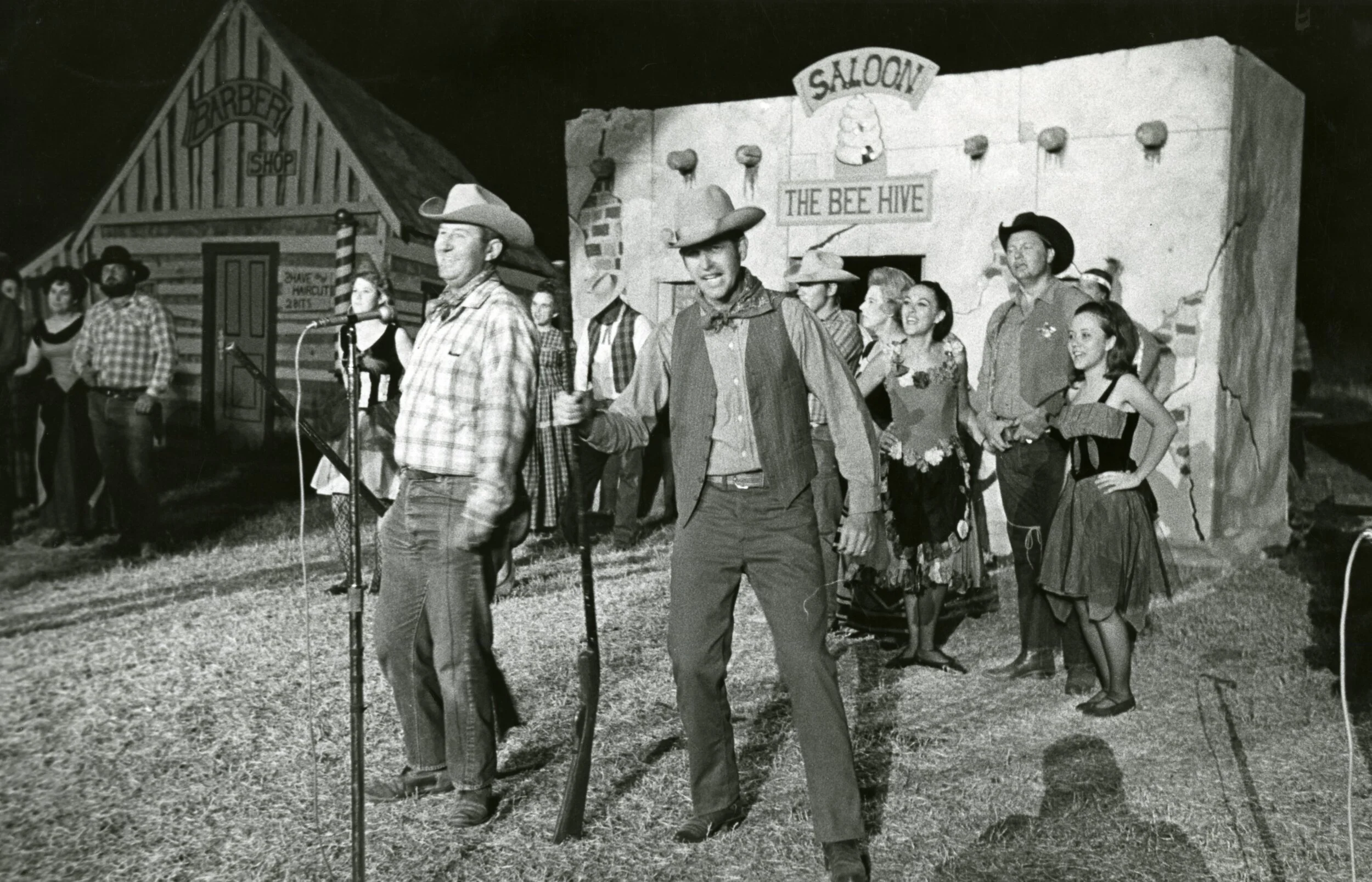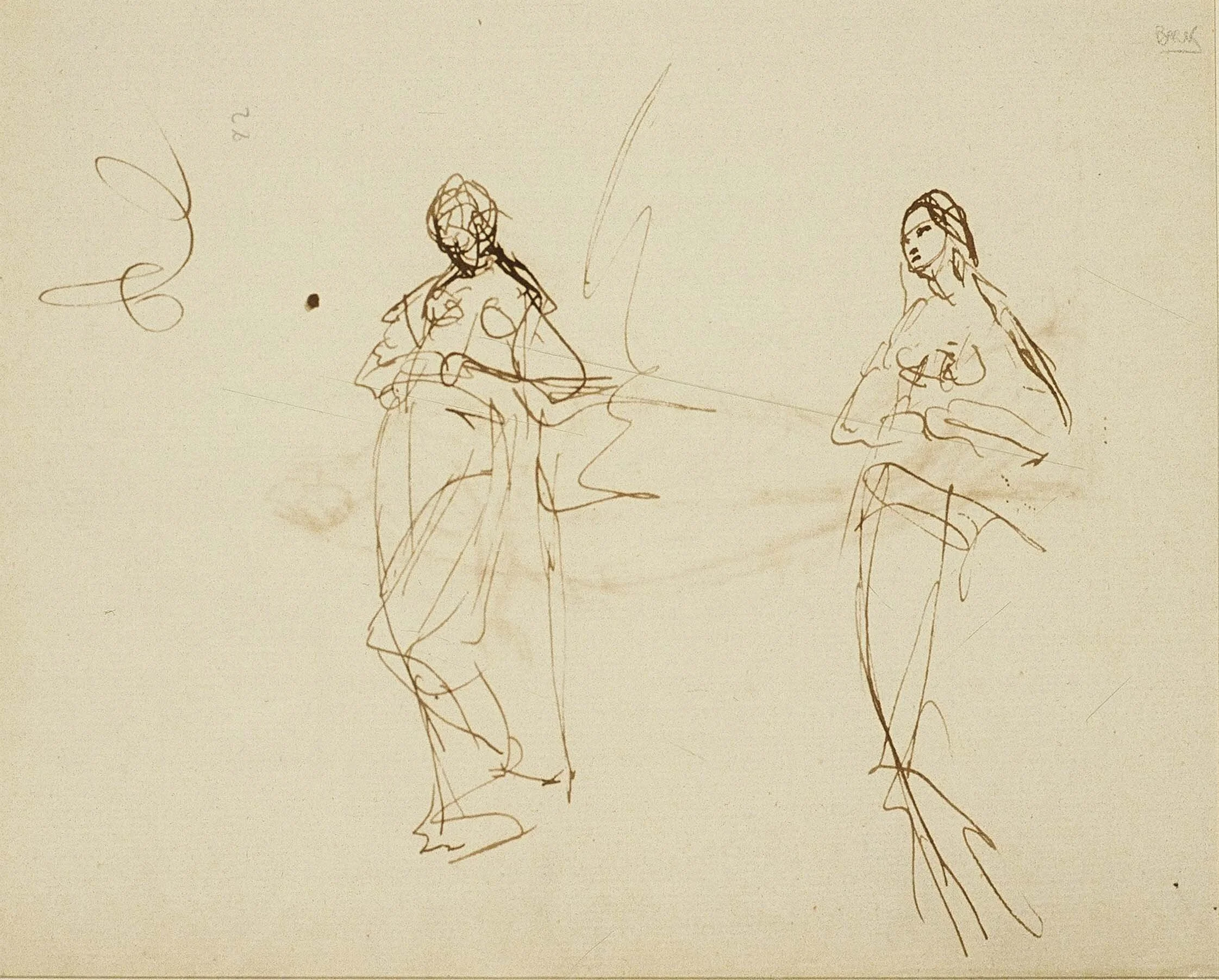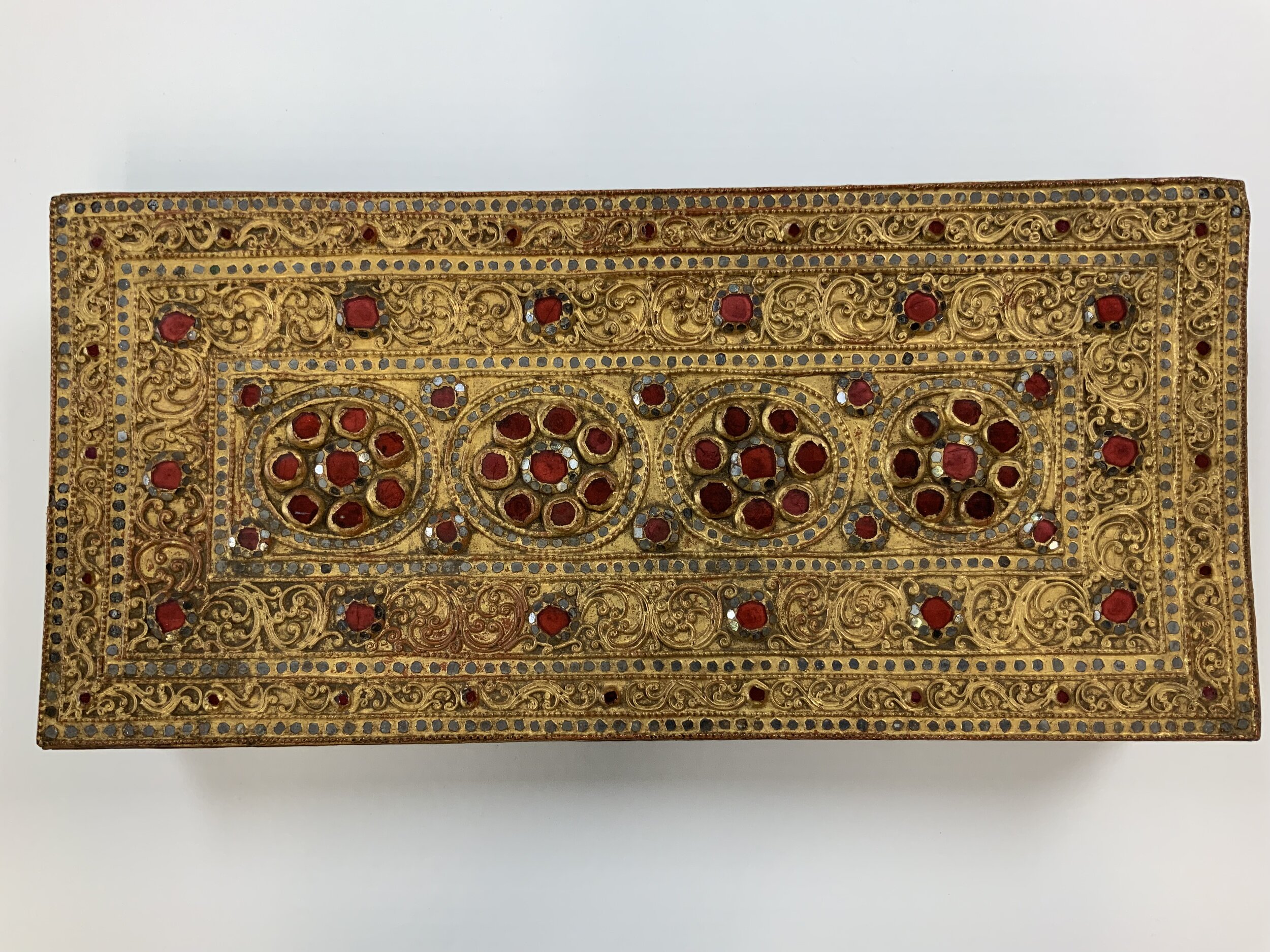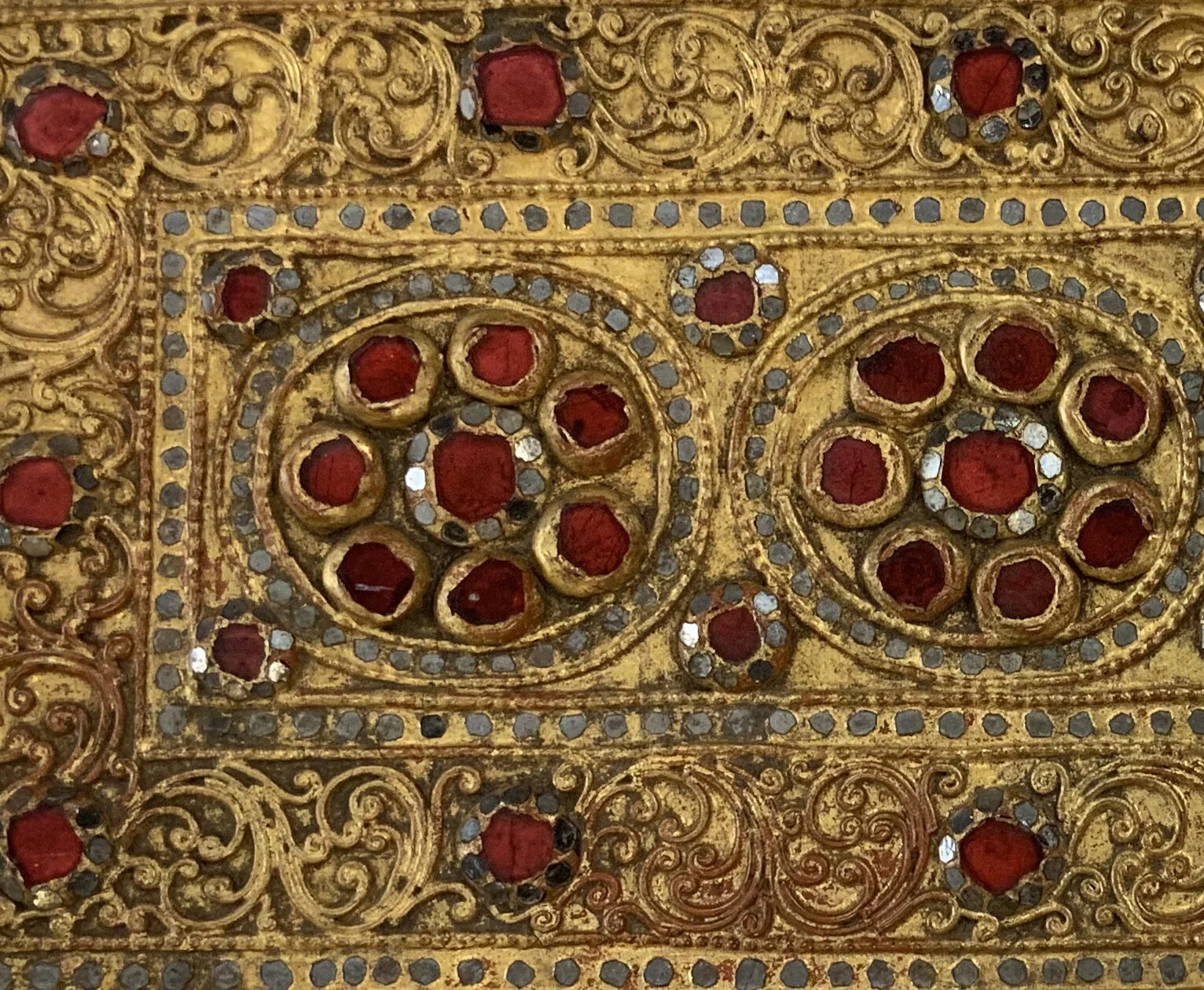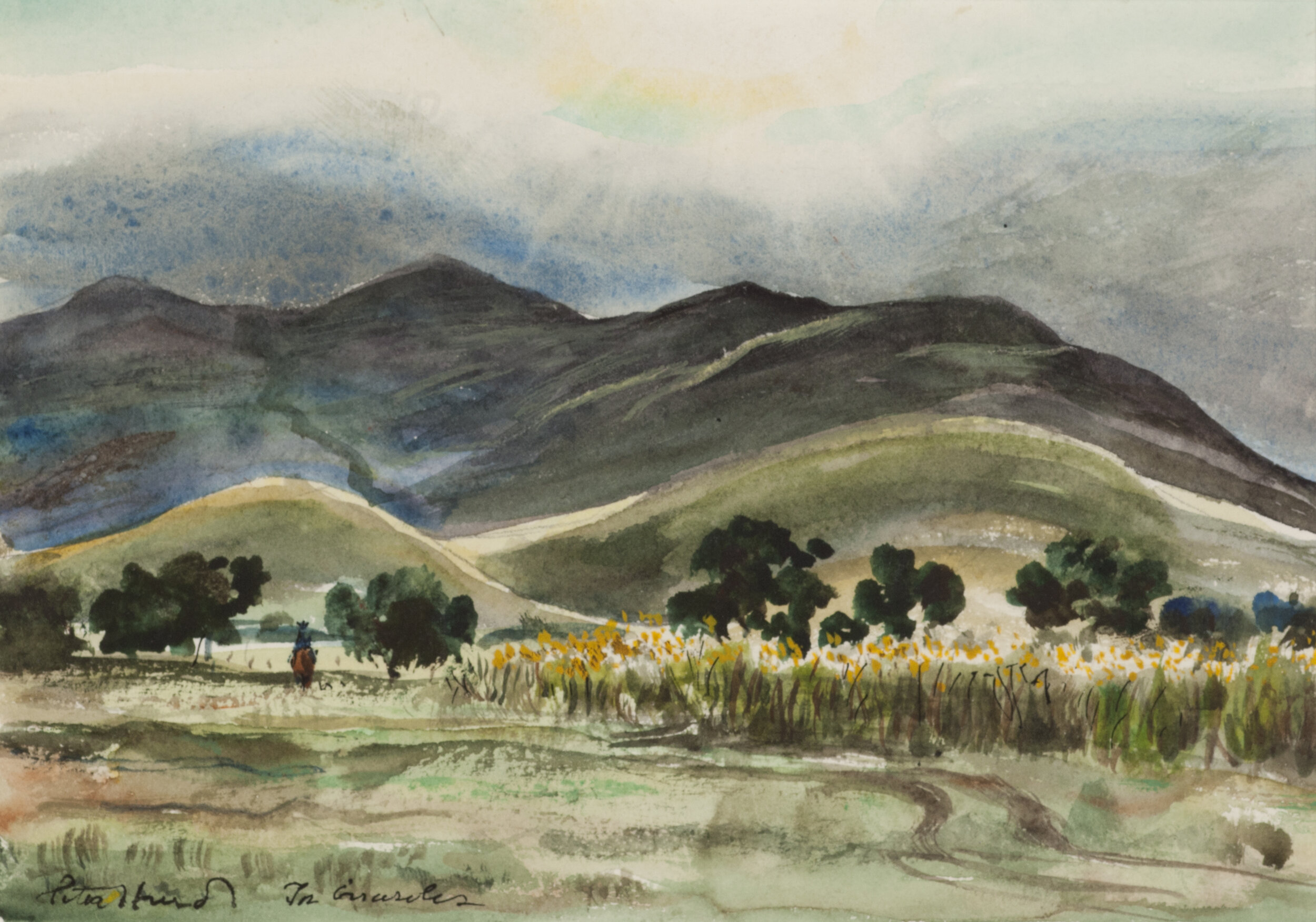The summer sun and warmer temperatures have made their arrival! Are you planning your beach vacation yet?
Co-founder of the Old Jail Art Center and artist Bill Bomar captured a delightful day at the beach in the oil painting below. Can you feel the sand, smell the salt in the air, and imagine the sun shining on your face?
National Great Outdoors Month is the perfect time for you to get out and enjoy yourself! Spending quality time outdoors is not only an important part of a healthy lifestyle, but is a fun and inexpensive way for your family to learn and explore together.
This awareness-month aims to encourage more people to get out and enjoy the world around them, whether by exercising, taking part in volunteer programs, or just taking walks around the neighborhood. The great outdoors has so much to offer- so why not get out there and and take advantage?
…And to conclude your outing, why not drop by the museum and continue your enjoyment of natural views from both near and far? Our collection reflects a variety of land and seascapes from around the world!
As always, admission is free at the OJAC- and we look forward to your visit!
Susan Montgomery, Membership and Development Coordinator
Beach, 1934. BILL BOMAR. Oil on Board. 1993.034









